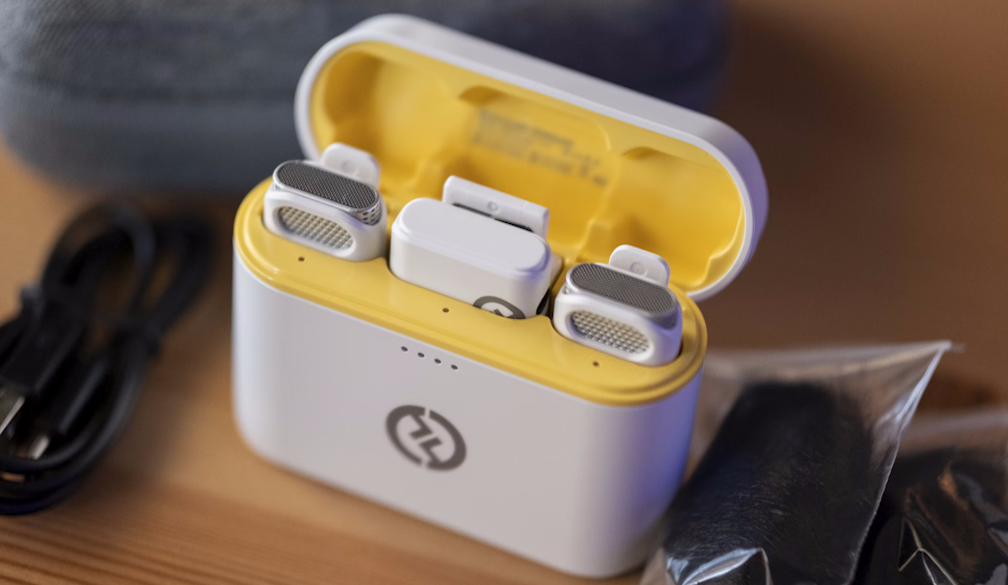Battery Pack Buying Guide 2025: How to Choose the Best Power Solution for Any Device

Whether you’re a frequent traveler, a busy professional, or just someone who hates the “low battery” warning, having a reliable battery pack is no longer a luxury it’s a necessity. With the growing number of devices we carry daily, from smartphones and tablets to laptops, smartwatches, and even portable gaming consoles, the demand for portable power is higher than ever. But with so many options out there, how do you pick the best battery pack in 2025?
This guide will walk you through what really matters when choosing a battery pack, so you can find the right one for your needs without feeling overwhelmed by specs and marketing jargon.
1. Understand your power needs
Before diving into models and features, take a moment to figure out what devices you actually need to charge. Are you mostly charging a smartphone and wireless earbuds? Or do you need something that can power up a laptop during a long flight?
Knowing your usage is key. A simple battery pack with 5,000–10,000 mAh capacity might be enough if you're just topping off a phone during the day. But if you're planning to charge a laptop or multiple devices at once, you’ll need something in the 20,000–30,000 mAh range or higher.
Also, consider how often you need to use it. If you’re just tossing it in your bag “in case,” then something small and lightweight is ideal. But if it’s going to be your lifeline on business trips or outdoor adventures, it’s worth investing in a more robust model.
2. Capacity isn’t everything check wattage too
While capacity (measured in milliamp-hours, or mAh) is important, the charging speed matters just as much. That’s where wattage comes into play. For example, a battery pack with 30W output can fast-charge most smartphones and even some smaller laptops. But to charge a power-hungry device like a MacBook Pro efficiently, look for something that supports 60W or more.
Modern battery packs often come with multiple ports offering different output levels. Look for a mix of USB-A and USB-C ports to future-proof your purchase and ensure compatibility with all your devices.
3. Don’t overlook the input speed
Charging your devices quickly is great, but what about charging the battery pack itself? A high-capacity pack can take several hours to recharge if the input speed is slow. Look for a model with USB-C Power Delivery (PD) input if you want faster recharge times.
Some of the top-tier battery packs of 2025 now support bidirectional charging, meaning the same USB-C port can be used to charge both the pack and your devices. That simplifies things and usually means faster speeds all around.
4. Build quality and portability matter
It's easy to get caught up in specs, but don’t ignore design. You’ll be carrying this thing around, so it should be durable and portable. Slim, lightweight designs are great for backpacks and purses, while rugged models with water resistance are ideal for hiking or camping.
Check the materials used; metal enclosures generally offer better durability than plastic ones, though they may weigh more. Also, pay attention to heat management. A good battery pack will have proper ventilation or heat-resistant design features to prevent overheating during long charging sessions.
5. Smart features: Are they worth it?
Battery packs are getting smarter. Some models now include digital displays that show exact battery percentage and estimated runtime. Others feature built-in cables, wireless charging pads, or even solar panels.
While these features are convenient, think carefully about whether you’ll use them. A display might be helpful, but a solar panel could be overkill if you’re not spending time outdoors. Focus on what adds value to your daily routine.
6. Safety first
Always buy from reputable brands. Cheap, unbranded battery packs can pose safety risks, including overheating, swelling, or even fire. Look for certifications like CE, FCC, or UL that indicate the product has passed certain safety standards.
Some battery packs also come with built-in protection features, such as overcharge protection, short-circuit prevention, and temperature regulation. These might sound like small details, but they make a big difference in long-term reliability.
7. Consider the ecosystem
If you’re already using a certain brand’s devices, say, Apple or Samsung, check if they offer their battery packs. These are often optimized for their products and may offer faster or more stable charging.
Similarly, if you’re using devices that support proprietary fast-charging protocols (like Qualcomm Quick Charge or Huawei SuperCharge), make sure the battery pack supports them too. Otherwise, you may not get the full benefit.
8. Price vs. value
You don’t need to spend a fortune to get a solid battery pack, but be wary of deals that seem too good to be true. A good rule of thumb: if a 30,000 mAh battery pack is selling for the price of a 10,000 mAh model, there’s probably a catch.
Think in terms of value instead of price. What are you getting for your money? How reliable is the brand? Is there a warranty? Are there plenty of user reviews to back up the product’s claims?
Final thoughts
In 2025, the market for battery packs is more varied and innovative than ever. Whether you're a digital nomad, a student on the go, or just someone who wants to stay connected, there’s a power solution out there that fits your life perfectly.
By focusing on real-world needs capacity, charging speed, build quality, and safety you can narrow down your options and make a smart purchase. Don’t let flashy features distract you from the basics. After all, the best battery pack is the one that works when you need it most.










